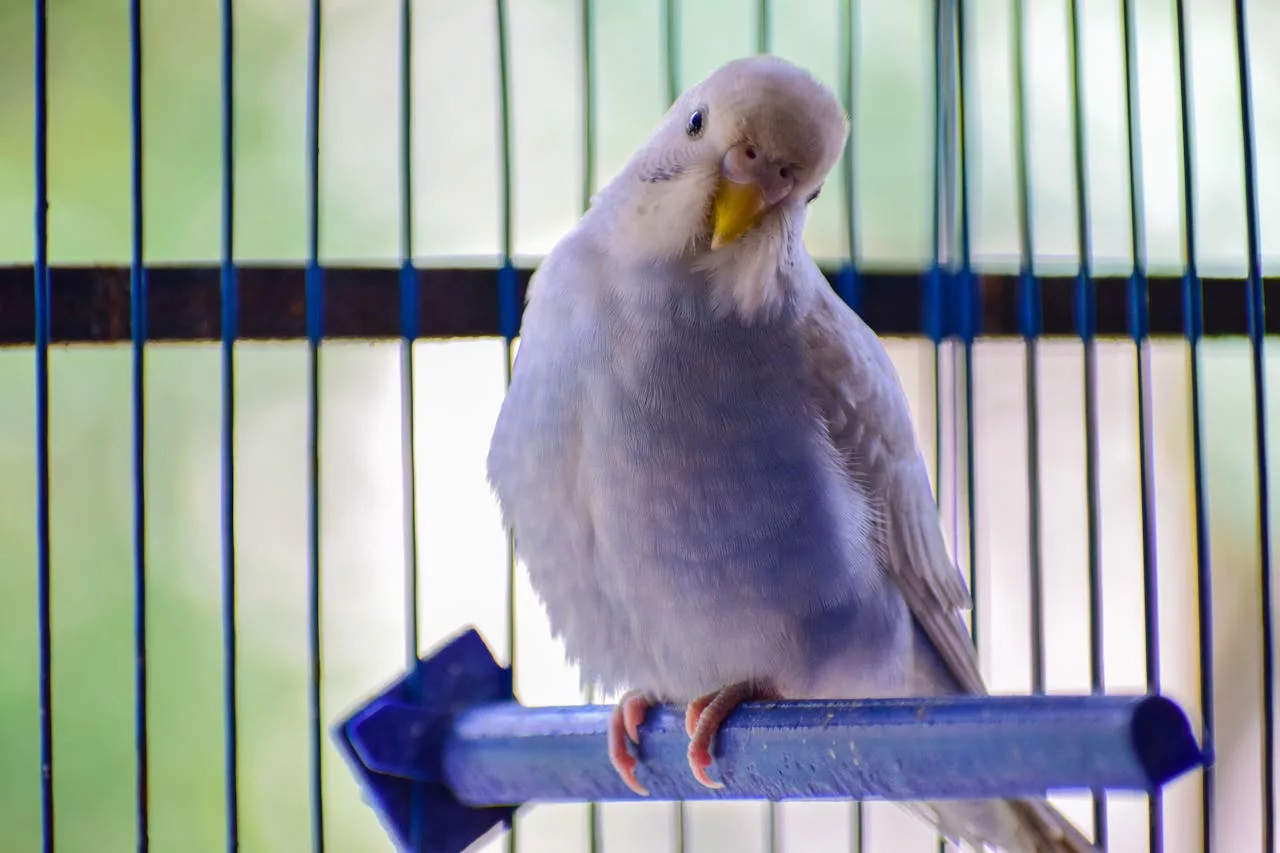Exotic pets—whether it’s a reptile, amphibian, bird, or small mammal—have specific needs that go way beyond a basic cage or tank. Creating the right environment is crucial for their health, behavior, and overall quality of life. Here’s how to get it right from the start.
1. Do Your Research First
Every exotic species has different environmental needs. A bearded dragon doesn’t live like a chameleon. A sugar glider’s setup won’t suit a hedgehog. Before bringing your pet home, learn everything about their native habitat—temperature, humidity, diet, light cycles, space, and enrichment. Skipping this step leads to stress, illness, or worse.
2. Choose the Right Enclosure
Size matters, but so does shape and layout. Arboreal animals need vertical space to climb. Ground dwellers need floor room. Birds need flight space. And all pets need a secure, escape-proof home made of safe materials. The enclosure should mimic their natural environment as closely as possible.
3. Control Temperature and Humidity
This is non-negotiable for reptiles and amphibians, but important for many other species too. Use heat lamps, ceramic heaters, or under-tank pads to create proper temperature gradients. Install a thermometer and hygrometer to monitor conditions. Maintain humidity levels with misters, foggers, or water bowls depending on the species’ needs.
4. Provide Proper Lighting
UVB lighting is essential for many reptiles to metabolize calcium and avoid bone disease. Some pets also need specific day/night light cycles to stay healthy and active. Choose full-spectrum bulbs and timers to keep things consistent. Replace bulbs as recommended, even if they still appear to work—UV output fades over time.
5. Add Substrate and Furnishings
The right flooring—called substrate—matters. Sand, bark, soil, paper, or fabric could be appropriate depending on the species. Add hiding spots, climbing structures, water features, or burrowing areas. Enrichment keeps pets mentally stimulated and physically active, preventing boredom and stress-related behaviors.
6. Keep It Clean and Safe
Spot clean daily and do full cleanouts regularly. Dirty habitats lead to parasites, mold, and disease. Use pet-safe cleaners and always wash your hands before and after handling your pet or their enclosure. Also, avoid decorations or objects with sharp edges, toxic materials, or small parts that could be swallowed.
7. Monitor and Adjust
After setting everything up, keep a close eye on how your pet responds. Are they eating? Exploring? Hiding all the time? That feedback tells you whether their environment is working. Be ready to tweak things as needed. What looks good to you might not feel right to them.
Final Thoughts
The perfect habitat isn’t just about aesthetics—it’s about function. Your exotic pet relies on you to recreate the conditions they need to survive and thrive. When you get it right, you’ll see it in their behavior, health, and energy. Do the homework, invest in the setup, and commit to ongoing care. Your pet will thank you—whether it’s with happy chirps, relaxed basking, or just being their curious, thriving self.
